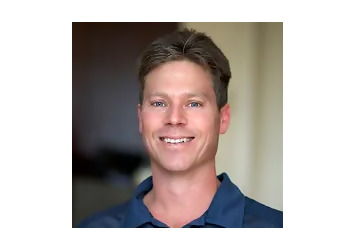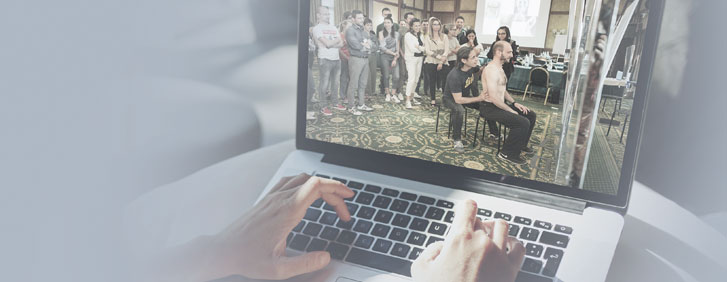The interview

Phil Smith, Ontario/Canada
What is your name, and where do you come from?
Phil Smith, from Ontario/Canada.
What is your profession?
I'm a Doctor of Chiropractic
How is the rehabilitation treatment of spine diseases managed in your country?
In Ontario, a province in Canada, AIS diagnosis and management need improvement from a non-operative and early diagnosis perspective. Our medical (orthopaedic and physiatry) management of infantile and juvenile spinal deformities is good. In our country, people have public (government) funding access to medical care. Paediatricians, family medical practitioners, and now increasingly, nurse practitioners, provide medical care through public funding. Limited access to physiotherapy is also covered by public funding for those under 18 years of age or over 65; however, the wait times are long, and one must be referred by a medical practitioner. PTs can also provide care privately, as do DCs, with no need for a medical referral. Most people visit my DC office for pain and, increasingly, for prevention and overall health.
Scoliosis: How is it treated?
In my practice, I screen only a few children a week for scoliosis and manage less than 10 patients per week with AIS. Sadly, more than 50% of the adolescents I screen report never having had a scoliosis screening before age 12! I educate my patients to bring their children in for a screening. Approximately 15% of children in Canada do not have a regular medical doctor due to a shortage of practitioners.
What aspects of actual clinical practice would you like to see improved in your country?
I hope to improve all aspects of my non-operative management of spinal deformities, including AIS. This will allow me to help more patients directly.
What do you believe you can learn from this course, and how can you use the new concepts in your regular clinical work?
I have already learnt much about how other healthcare professionals manage spinal deformities and will undoubtedly learn much more. This will help me to integrate my care and improve co-management with the other healthcareproviders on the patient's team of spinal management.

